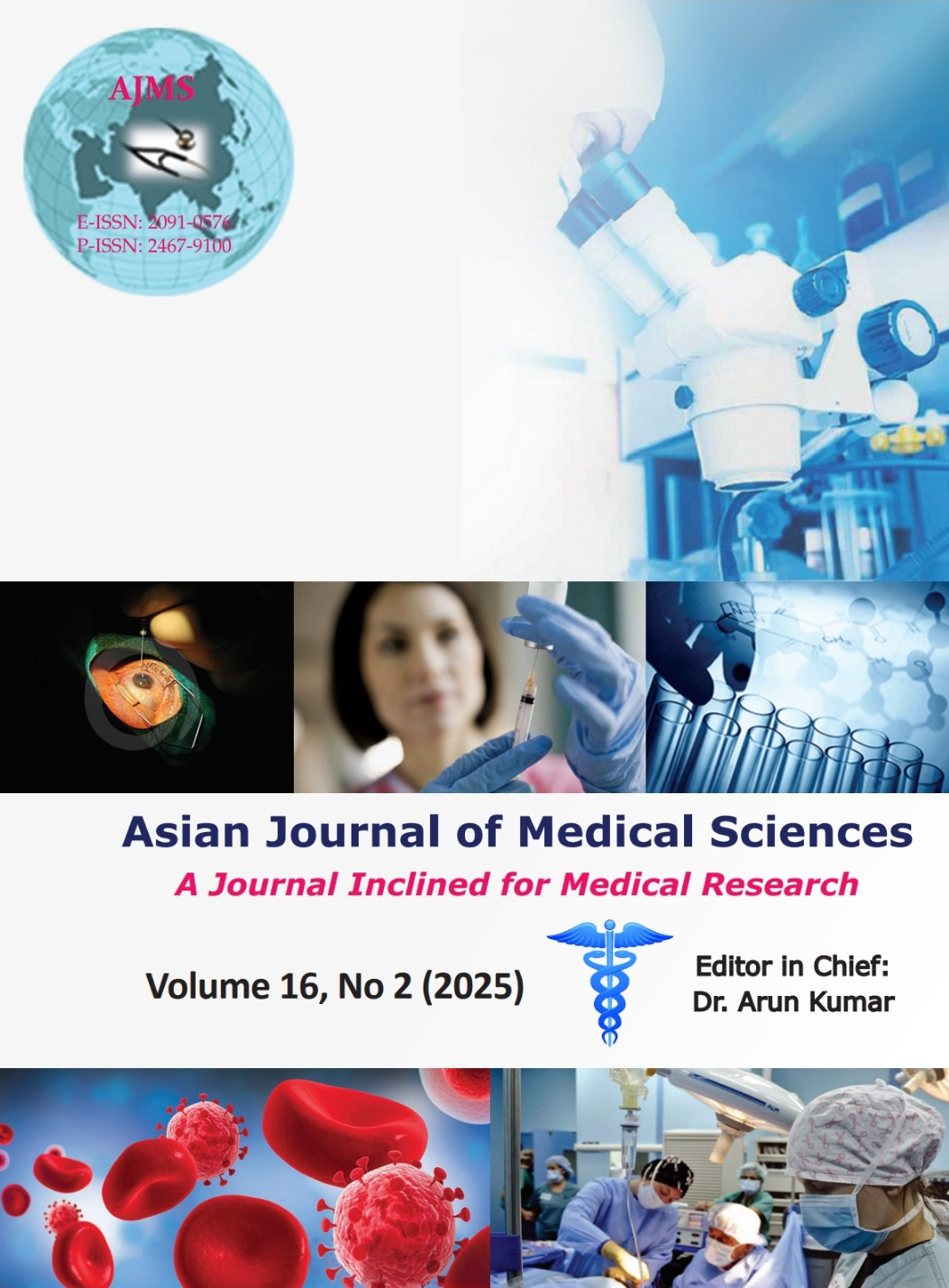Atypical imaging presentation of hepatocellular carcinoma - Case series
Keywords:
Hepatocellular carcinoma; Atypical imaging presentations; Portal vein tumor thrombusAbstract
Hepatocellular carcinoma (HCC), the most common primary liver tumor, significantly contributes to cancer-related mortality worldwide. This case series investigated HCC imaging presentations, including portal vein tumor thrombus, multifocal HCC, cirrhotomimetic diffuse infiltrative HCC, metastasis to various organs, HCC
with capsular rupture and hemoperitoneum, and unusual features like a fatty metamorphosis. Imaging plays a crucial role in HCC detection, diagnosis, staging, and posttreatment monitoring, and ultrasonography is recommended for screening and triple-phase computed tomography, which is essential for characterization and staging. Typical imaging features include arterial phase hyperenhancement, washout in later phases, and tumor capsule. Recognizing imaging presentations is vital for accurate diagnosis and management, as HCC complications indicate advanced disease and poor prognosis. This series highlights HCC’s diverse imaging spectrum of HCC and emphasizes the importance of identifying atypical presentations for timely diagnosis and appropriate management.
Downloads
Downloads
Published
How to Cite
Issue
Section
License
Copyright (c) 2025 Asian Journal of Medical Sciences

This work is licensed under a Creative Commons Attribution-NonCommercial 4.0 International License.
Authors who publish with this journal agree to the following terms:
- The journal holds copyright and publishes the work under a Creative Commons CC-BY-NC license that permits use, distribution and reprduction in any medium, provided the original work is properly cited and is not used for commercial purposes. The journal should be recognised as the original publisher of this work.
- Authors are able to enter into separate, additional contractual arrangements for the non-exclusive distribution of the journal's published version of the work (e.g., post it to an institutional repository or publish it in a book), with an acknowledgement of its initial publication in this journal.
- Authors are permitted and encouraged to post their work online (e.g., in institutional repositories or on their website) prior to and during the submission process, as it can lead to productive exchanges, as well as earlier and greater citation of published work (See The Effect of Open Access).




